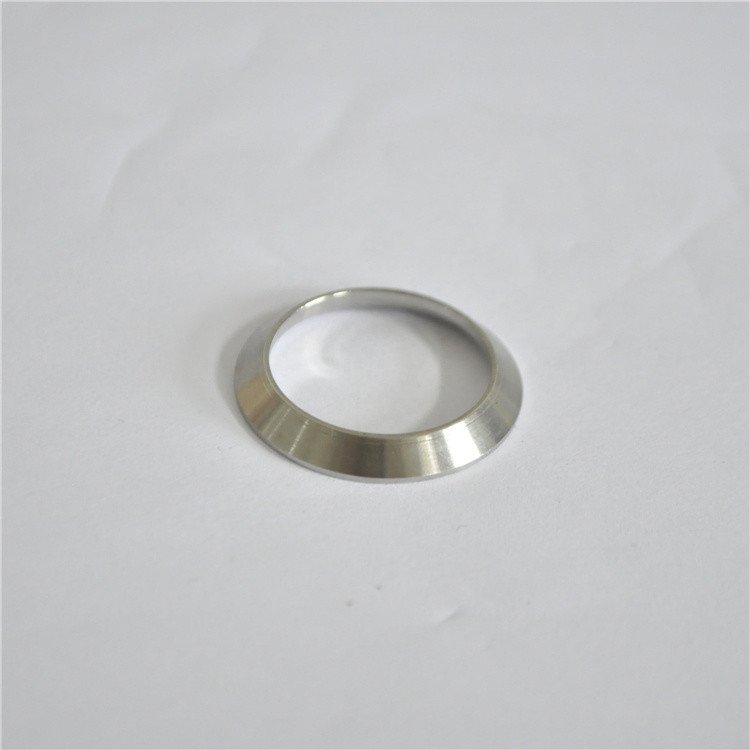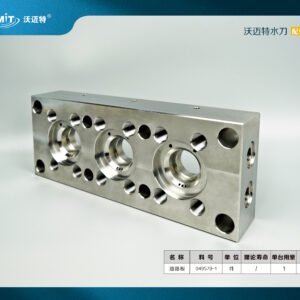011043-1 WaterJet Pump Spare Parts Direct Drive End Cap Static Seal; 1″ ID Waterjet Pump Parrts descriptions:
| Product Name | Direct Drive End Cap Static Seal |
| Model Number | 011043-1 |
| Brand | WAMIT |
| Application | Waterjet direct Drivve Pump |
| Size | Standard |
| Weight | 0.2kg |
| Feature | Long service life |
| Condition | New |
Waterjet turbocharger: the sealing principle of the seal:
The purpose of sealing is to set up a perfect physical barrier for a place that may leak and need to be sealed. Static seals are non-leak seals. To achieve this purpose, the seal must have sufficient elasticity to be able to flow (embed) and fill up any unevenness on the sealed surface, while maintaining sufficient rigidity to prevent the system from being fully loaded with sealing pressure Squeeze into the gap between the surfaces. These two requirements have been met for a long time. The elastic flow is formed by compression loading, and the seal is in a stressed state after compression. Thus, the elastic strain stored in the entire sealing system can maintain the contact pressure. Any stress relaxation that may occur in the system will degrade performance. This situation may be caused by stress relaxation of the sealing material itself (which may also be accompanied by creep sliding into the gap), uneven thermal expansion, or in the case of gaskets, due to flange deflection or bolt tension.
All elastic annular seals require that the sealing material has an interference fit with one of the mating parts in the assembled state. For example, in the case of a solid rubber seal ring such as an O-ring or a rectangular ring, the material can be under positive pressure or under tension, or in a partially compressed or partially tensioned state. Similarly, a flexible lip seal can also be under pressure or tension, depending on whether the section is an outer diameter seal or an inner diameter seal.
Therefore, regardless of the structure of the seal, a load will be generated between the sealed contact and the mating surface. The size of this interface load depends on the amount of interference or “compression” caused when assembling the seal and the elastic modulus of the material. In the case of a lip seal, the interface load will vary with the radial thickness of the lip, the length of the flexible leg, and the elastic modulus of the material. The distribution of the interface load is related to the geometry of the cross section, as shown in Figure 1. This load curve shows the general situation of friction and leakage characteristics. For dynamic seals, in order to obtain the dynamic load that causes the seal assembly to move, the friction coefficient must be used to multiply the load caused by the seal. This dynamic load is essentially a power loss.






